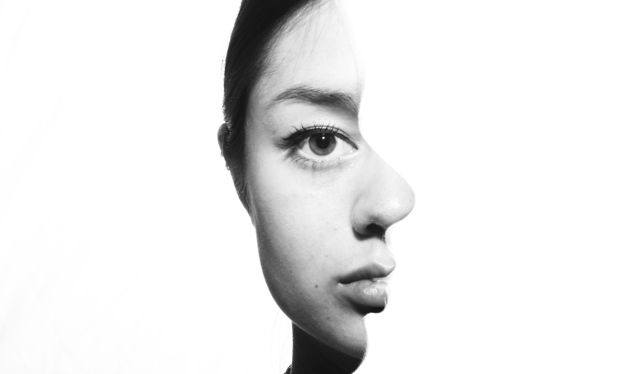Trust at First Sight
What kind of face puts you at ease?
By Matt Huston published November 3, 2015 - last reviewed on June 10, 2016

We form a rough idea of whether an unfamiliar face is trustworthy within milliseconds of laying eyes on it. Using computer-generated faces and manipulated headshots,
Princeton psychologist Alex Todorov and others are getting a better sense of the facial features that put us at ease with someone before he or she even speaks.
Gender and Age
Older-looking feminine visages are rated as the most trustworthy, according to a study reported in the journal Cognition. This tendency may be evolutionarily adaptive: “Typically in a new environment, males are much more threatening than females,” says Todorov, who recently co-authored a review of studies on faces and social attributions.
Expression
People with genuine-looking smiles, which include contractions around the eyes and corners of the mouth, inspired more trust in study participants than those whose smiles were seen as less genuine, researchers report in Evolution and Human Behavior. Such smiles, they argue, may have evolved as a convincing signal of friendly intentions. (Angry-looking features like arched brows tend to sink trust ratings.)
Typicality
“Distinctive faces are always a little bit scary,” Todorov says. Research that he co-
conducted offers evidence that we trust typical faces—the sort we are used to seeing—more than less familiar faces. Female college students in Israel rated images created by aggregating and morphing the faces of women in their demographic. The faces deemed most trustworthy were close to the computer-generated average.
Credit: Djomas/Shutterstock
Facebook image: Monkey Business Images/Shutterstock
